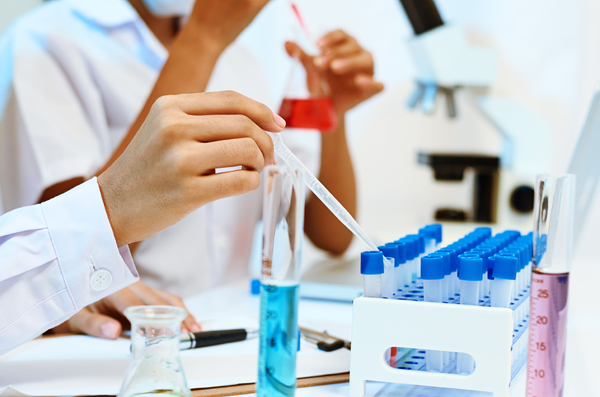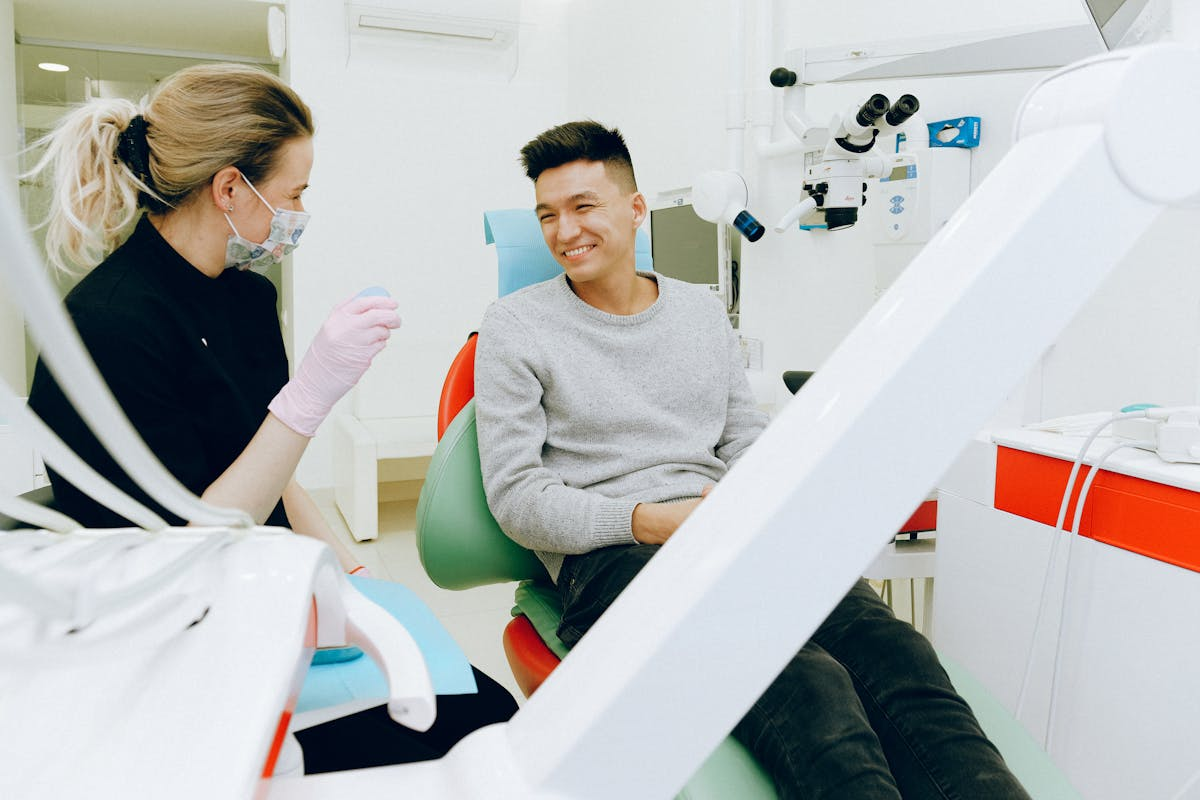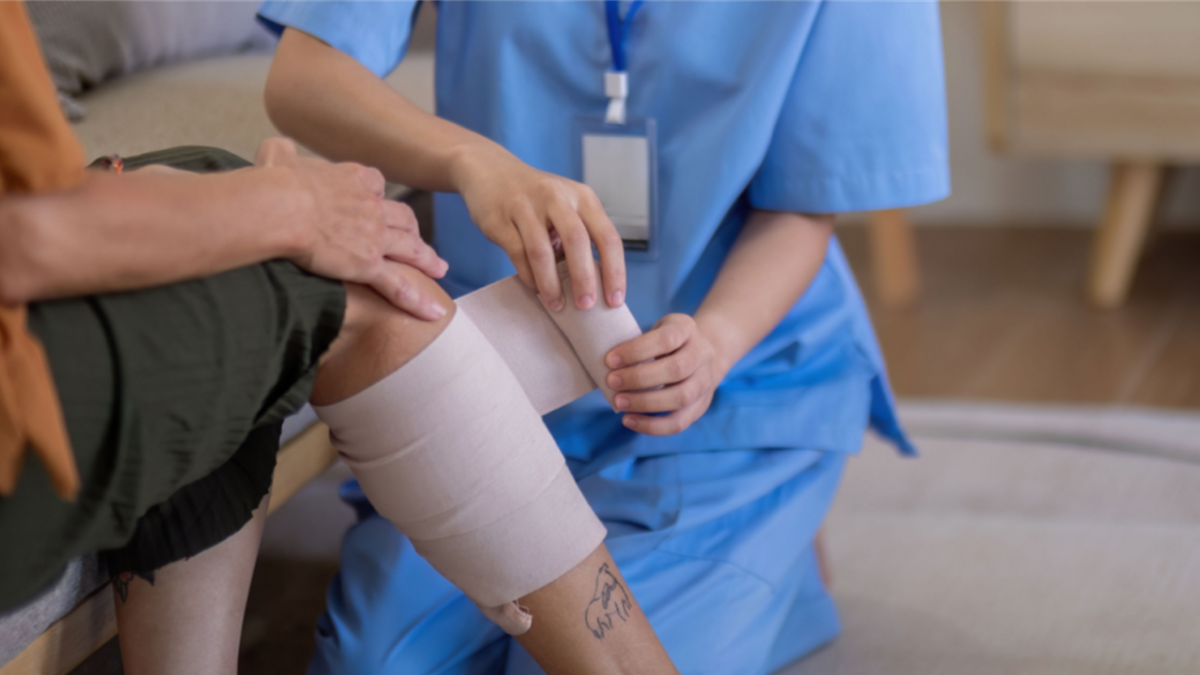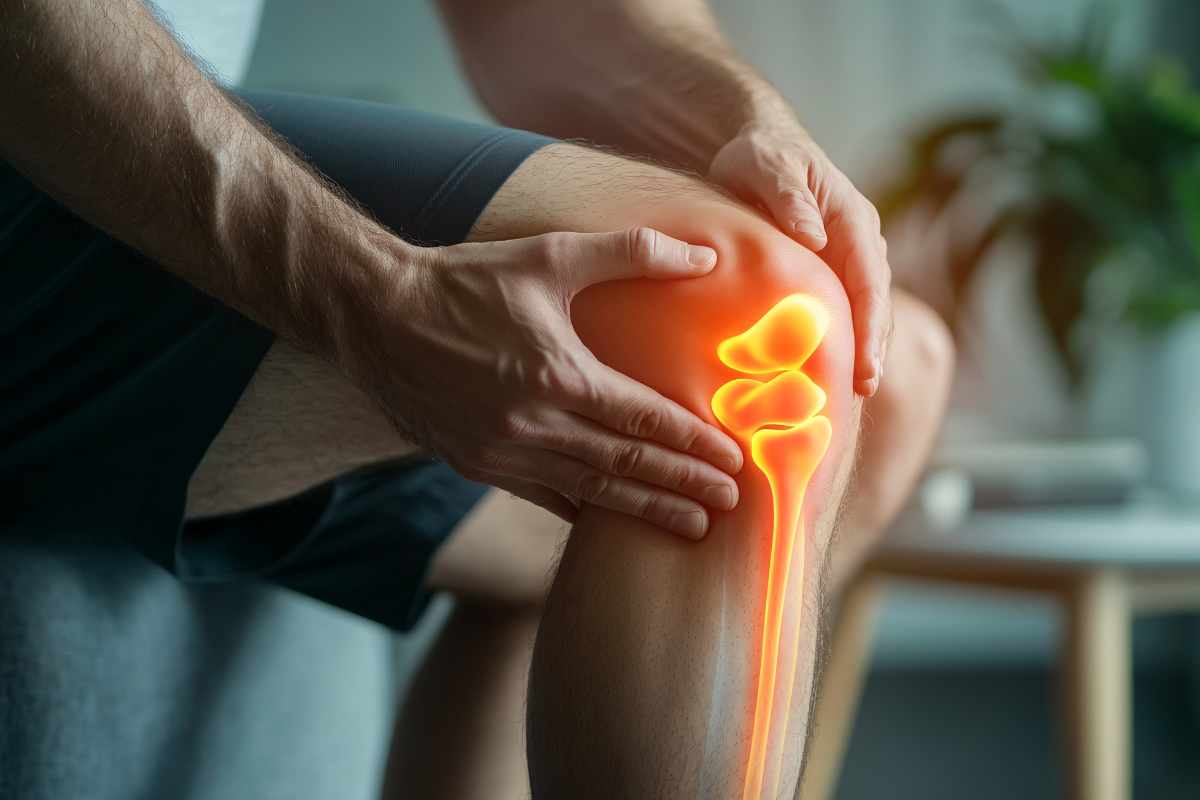Some medications require daily dosing to be effective, which means patients may be tasked with taking multiple pills throughout the day to manage their condition. This pill burden represents a significant barrier to patient adherence to their medications, compromising the overall effectiveness of the treatment.
To address this concern, researchers have developed drug-releasing devices that are composed of durable plastics capable of withstanding the acidic conditions in the gastrointestinal tract. While these devices can slowly release small doses of a drug over the course of weeks or months, they can cause gastrointestinal obstructions in some patients, and allergic reactions in others.
Now, a team of researchers have developed a novel hydrogel material that could be more biocompatible compared to plastic-based devices. According to the researchers – whose study was published in the journal, Nature Communications – the hydrogel remains intact when exposed to the harsh conditions in the gastrointestinal tract, and can be triggered to release its drug payload using an external signal.
“A lot of our work is centered on the concept of making it easier for patients to take their medications,” said Dr. Carlo “Gio” Traverso, of the Division of Gastroenterology at Brigham and Women’s Hospital. “A triggerable, tough hydrogel allows us to create systems that can easily deliver drugs over long periods of time while simultaneously addressing several of the chief safety concerns of these types of devices.”
Hydrogels have the advantage of being easy to swallow when dehydrated, while having the ability to be rehydrated in the body to a large enough size to prevent movement into the small intestine. As hydrogels have traditionally been susceptible to degradation in reaction to strong contractions in the stomach, Traverso and his colleagues made a few changes to make their hydrogel more resilient.
The researchers developed their strong hydrogel by combining two interwoven polymer chains. In the event the hydrogel needed to be removed from a patient’s system, the researchers designed it in such a way that it would dissolve if EDTA (ethylenediaminetetraacetic acid) and GSH (glutathione) were consumer by the patient.
“This material represents one of the first examples of a triggerable, tough hydrogel and could thus be used in many different applications such as supporting stem cell growth in the lab or in bariatric medicine,” said Traverso. While the researchers have already tested the hydrogel in a large animal model, they will still need to conduct further preclinical studies to assess the safety and efficacy of the compound before it can be used as a drug delivery device in human patients.
“We are really excited about the development of this new family of hydrogels and their potential to permit numerous new medical applications,” said study co-author Dr. Robert Langer, Professor at the Massachusetts Institute of Technology.












Join or login to leave a comment
JOIN LOGIN